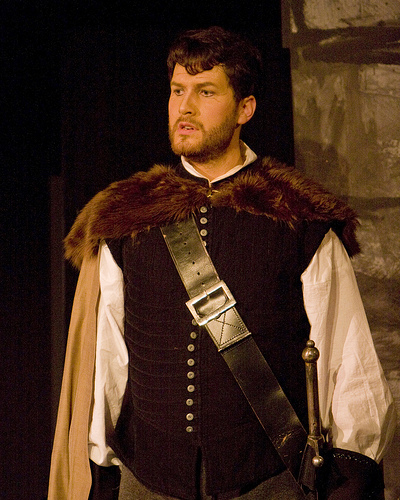

Encouraged by his wife, Macbeth kills the king, becomes the new king, and kills more people out of paranoia. Three witches tell the Scottish general Macbeth that he will be King of Scotland. TL DR (may contain spoilers): Macbeth hears that he is going to be king he and Lady Macbeth kill people so he can become king both of them die. Prices, booking, opening times and more to help you get organisedĮnjoy seasonal activities and special events throughout the year Walk in Shakespeare’s footsteps at Shakespeare's New Place Relive Shakespeare's love story at Anne Hathaway's Cottage. Annabel Patterson, Reading Holinshed’s Chronicles (Chicago: University of Chicago Press, 1994).Visit William Shakespeare's birthplace in Stratford-upon-Avon, UK and explore Shakespeare's childhood world, right where it all began.So, when you go down to the woods this October, keep an eye out for the Three Sisters…Įditors: Dr Stuart Palmer & Dr Diane Heath With the prophecy of the three ‘sisters’ fulfilled, Macbeth lived the rest of his life haunted by guilt. Encouraged by his wife, Macbeth killed King Duncan and became king himself. As the plot of Shakespeare’s play goes, Macbeth did indeed become the king of Scotland. The two men’s encounter with these women was considered but a ‘fantastical illusion’, so much so that Banquo began calling Macbeth ‘king of Scotland’ in ‘jeste’. Just as soon as they had appeared, the three women ‘vanished immediately out of theyr sight’. The third also said ‘All hayle Makbeth that hereafter shall be king of Scotland’.


Then, two of the women said ‘All hayle Macbeth, Thane of Cawder’. The first woman said ‘All hayle Makbeth Thane of Glammis’ (the title which he had just inherited following the death of his father). When Banquo and Macbeth came to a halt in front of the women, each spoke, producing the prophecy that would contribute to the characterisation of these women as ‘other worldly’. It is quite possible that this type of clothing was unusual by late-sixteenth century standards, the time of publication.īut what makes these women other-worldly? Text printed in the margin describes the women as ‘weird sisters or feiries’ Shakespeare described them as the Three Witches. These three women certainly do look surly, but to the modern eye their clothing also looks aristocratic in fashion with long, flowing and patterned dresses. As the chronicle narrates, the two men were riding along through the woods and fields when, all of a sudden, three women, dressed ‘in straunge & serly apparell, resembling creatures of an elder worlde’, appeared out of nowhere in front of them. It soon becomes apparent that going riding alone was, perhaps, not a wise move for Macbeth and Banquo. Even the horses appear to be smartly dressed for the occasion, reflecting the status of their riders. With the castle in the background, Banquo and Macbeth are shown dressed in impressive aristocratic dress and mounted on horses. The story beins with Banquo and Macbeth who decided to go ‘sporting’ unaccompanied. This image perfectly illustrates the story within which it sits. This image comes from the Scottish section of the chronicle which is largely based on the sixteenth century Scotorum Historia, the work of the Scottish philosopher and historian Hector Boece. Published in 1577, it is believed that Holinshed’s Chronicles were one source of inspiration for one of William Shakespeare’s most well-known plays, Macbeth, written in 1605/6, and indeed for more than a third of his plays. This month’s image comes from Raphael Holinshed’s Chronicles of England, Scotlande and Irelande, a copy of which is held in the library at Canterbury Cathedral. Regular giving – helping us plan for the futureĪuthor: Dr Harriet Kersey, Co-ordinator at Researcher Development Programme, School of Humanities, Canterbury Christ Church University.


 0 kommentar(er)
0 kommentar(er)
